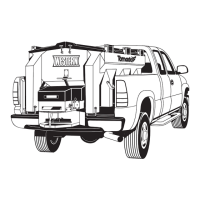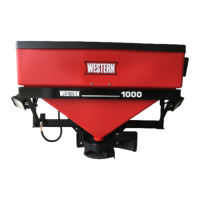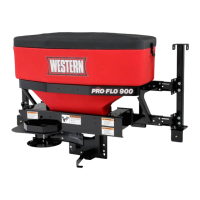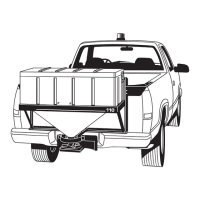How to troubleshoot no power to the cab control on my Western Farm Equipment?
- DDr. Joseph WeissSep 14, 2025
If there's no power to the cab control of your Western Farm Equipment, and the ignition and control switches are ON but the indicator lights aren't lit, here's what you should check: * Ensure the control connector plug is securely connected at the cab control. * Inspect the switched accessory connection and battery. A poor connection or faulty battery could be the cause. Check for a low battery. * Examine the vehicle control harness for any damage. Repair or replace any damaged wires or the harness as needed.




